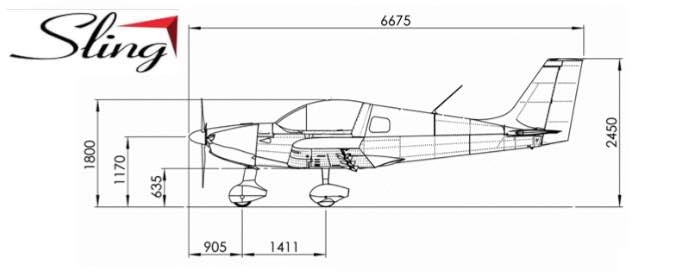Building an experimental aircraft from a kit is more than just a paint by numbers affair. And, with so much information available online – finding several ways to accomplish a task is not unusual, especially if you look. As it happens, I spend hours and hours searching for and looking at how others are doing things to build the same model, as well as similar types – or just general whys and hows of related skills or techniques.
Sometimes I come across an idea that just seems better than what I see in the kit construction manual. (20 years of aircraft ownership and maintenance have shown me that [most] aircraft designers and manufacturers do not actually walk on water.) My kit instructions describe a process that may possibly go beyond what the servo manufacturer – Ray Allen Company – anticipated as an acceptable way to mount their T2-7A servo.
My kit instructions call for enlarging 4 holes on the servo mounting rails (of the composite housing) from their original 0.125 (1/8) inch size to 0.2340 (#A) inch, and then setting an M4 steel rivnut into each hole. The documentation for the servo indicates that the holes may be enlarged to approximately 0.1440 (#27) inch, just enough to clear a #6-32 screw. The M4 rivnut approach seems like it risks the servo. Apparently other builders have had similar concerns and pursued alternatives.
For the Sling 2, the pitch trim servo sits flat on a tray that is riveted to the structure, inside the elevator. 4 screws pass through holes in the bottom elevator skin, the tray and the servo rails – and then must thread into something. I expect that #6 washers and elastic stop-nuts would be just fine. But, they may be just a bit fiddly to work with under the circumstances. Space inside the elevator is tight.
A fellow Sling 2 builder came up with what I thought was a great way to go – fabricate a pair of 0.0625 (1/16) inch thick aluminum straps with 6-32 (K2000-06) nut-plates attached with solid flush (AN426) rivets. The straps not only accept the screws, they also capture the entire length of the mounting rails on either side of the servo. When I first saw it, the solution immediately struck me as simple and solid.
